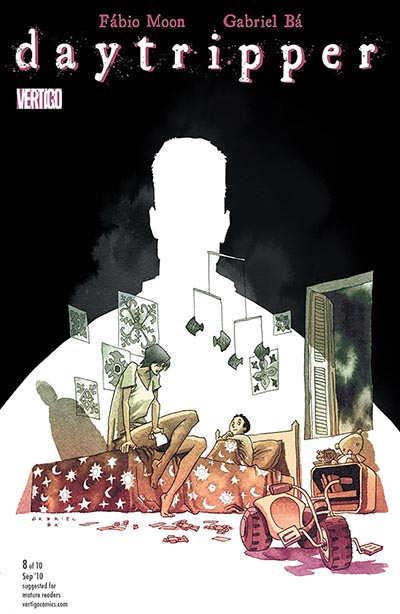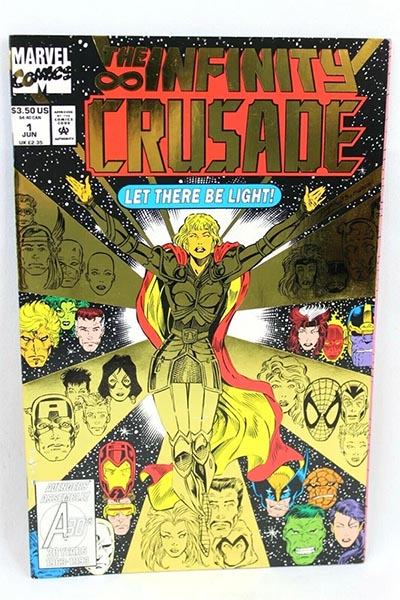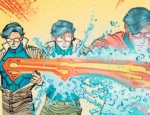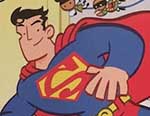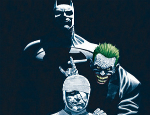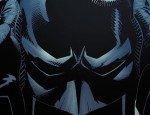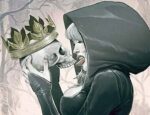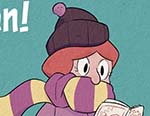In ‘Covers Album’ each Tuesday, we ask comics creators, publishers, and commentators to pick three of their favourite comic covers… but with a small twist. One must be chosen for inspirational reasons, one for aesthetic reasons, and one for pure nostalgia! Today’s contributor is Keegan Lannon who lectures on comics at the University of Illinois.
If you would like to contribute to this series please contact our Andy Oliver here.
Inspirational Choice: Batman: The Dark Knight Returns #1 (1986) by Frank Miller (DC Comics)
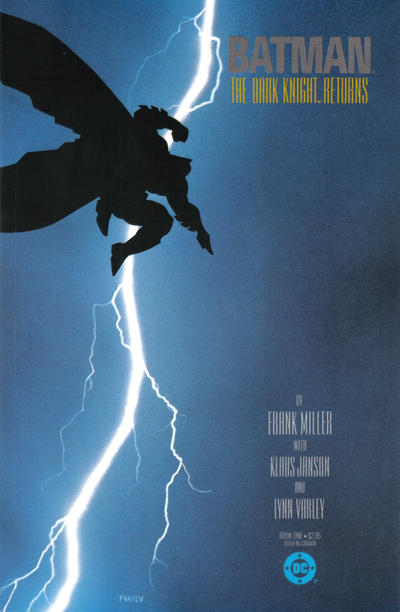
Unlike most other writers in the Cover Albums series, I am not a creative (unless you consider criticism and teaching a creative enterprise), so the inspiration I find in this cover is not so much for my own career in making comics. Instead, what I aspire to here is to make anything—an article, a manuscript, a course document—as perfect as this cover.
Batman has had a long publication history, but when I think of one image that captures the essence of Batman, this one always comes to mind: a black figure on a navy blue background cut through by a bright bolt of lightning, descending violently from the sky. Even though I read The Dark Knight Returns in the collected trade paperback well after it was initially published, this cover, which was tucked into the TPB with little fanfare, is the image that stays with me. Every time I return to this book, I find myself jealous of the people who got to buy this cover off the rack.
Aesthetic Choice: Daytripper #8 (2010) by Gabriel Bá (DC Comics/Vertigo)
This is one of my favorite books to teach, and it never fails to resonate with the students in my class.
The series follows Brás de Oliva Domingos, and (spoiler alert) in each issue he dies at the end. In #8, though, Brás is physically absent, present only in lingering sensory impressions: the smell of his cigarettes, some voice mail messages, the residual warmth in his clothes. At first glance, this cover might not seem like much: Brás’ wife, Ana, sits on the bed with their son, Miguel. Readers familiar with the series might spot allusions to earlier issues on the cover, like the fish mobile harkening back to the second issue where Brás drowns under mysterious circumstances during a festival for a sea goddess. But really, it seems like a rather mundane cover for a series whose covers until this point were highly stylistic and metaphoric.
The light washing over this happy domestic scene, though, is a bright silhouette of Brás. Like in the issue, Brás is absent from the family scene, but his presence is still felt. The stark contrast between the bright white and the crushing blacks makes it seem as if Ana and Miguel are sheltered in the light of Brás, protected from the darkness outside.
There is more I could say about this cover. It’s a great cover: aesthetically beautiful and narratively meaningful.
Nostalgic Choice: Infinity Crusade #1 [Foil cover] (1993) by Ron Lim and Al Milgrom (Marvel Comics)
This cover transports me immediately to Graham Cracker Comics in Bolingbrook, Illinois—a small comics shop that was within walking distance of my childhood home. The owner had paid a local high school kid to paint a massive portrait of Spawn on the wall opposite the front door. It was the coolest place in the world.
I would go there and spend nearly all the allowance money I had. Like most teenagers, I was not the most discerning consumer or collector, and the suspect marketing tactics that would eventually crash the comics market spoke directly to what motivated my purchases. Nothing is more quintessential of the 1990s mainstream comics than a collectible cover, and the first issue of Infinity Crusade, resplendent in gold foil inlays, immediately grabbed my attention. All those heroes! A new series! Limited run! I likely would have crawled through broken glass for the right to purchase and read this comic.
I went on to purchase every book in this limited run (and still have them, lovingly bagged and boarded), and it’s part of the reason I eventually went on to do my PhD research in comics. It would be fair to say that the religious imagery and metaphors lacked sophistication and nuance, but for 13-year-old me it was the perfect book and one I could use to show my incredulous parents that reading comics was actually a literary exercise.





